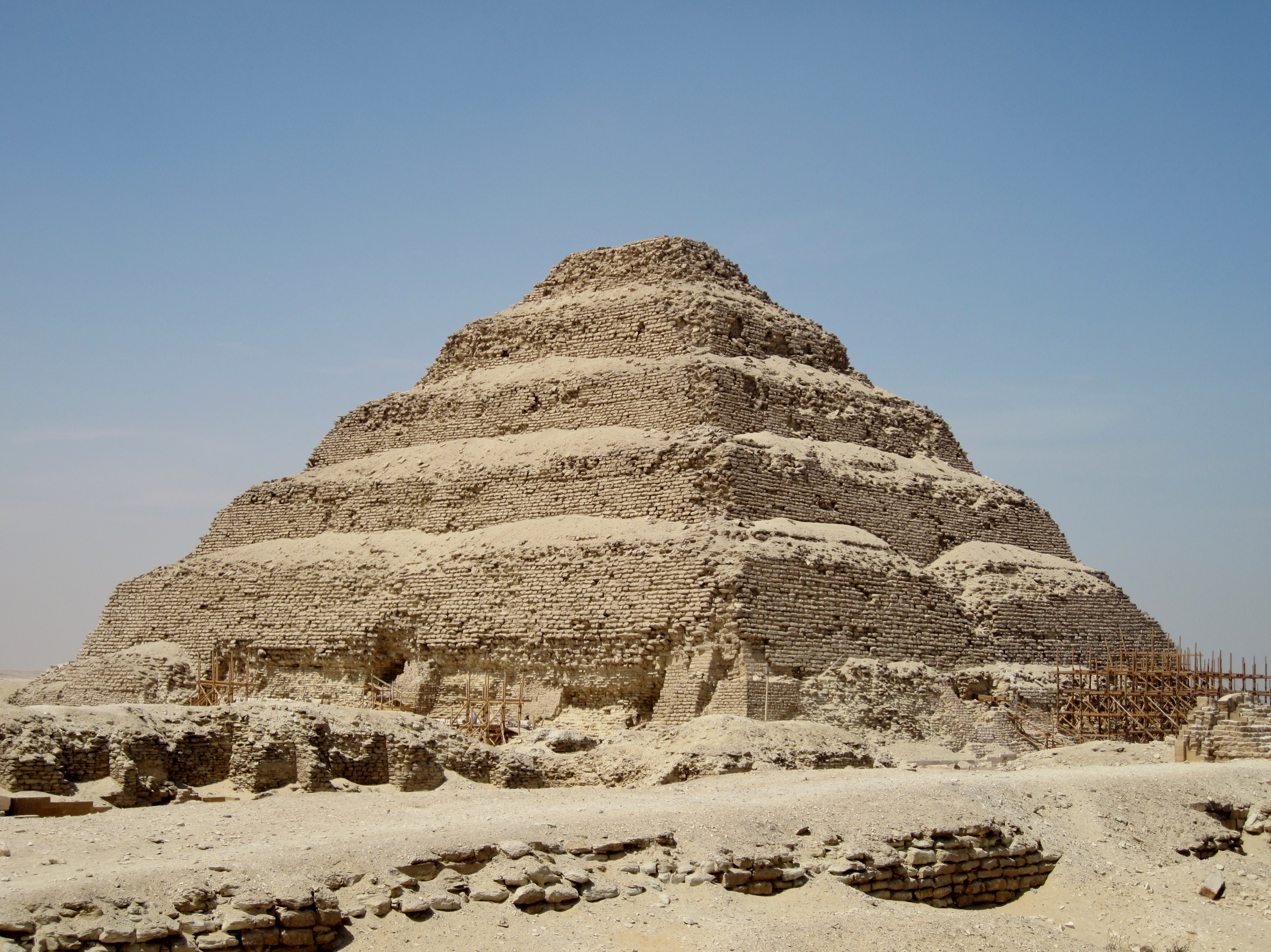For anyone who is a fan of architecture and is looking for something to scratch that nagging architectural knowledge itch, a YouTube channel recently brought into the light of day by ArchDaily may just be your perfect backscratcher.
The YouTube channel ACB (Art and Culture Bureau) has over 50 documentaries (currently 53, to be exact) exploring and celebrating great architectural achievements around the world and throughout history. Each 26-minute documentary centers on a culturally or architecturally significant building’s creation and how its creation has impacted architecture as a whole.
Each documentary is narrated in English and is of good quality and surprisingly high production value. They present plenty of footage of the featured structure along with pictures, models to help visualize certain aspects of the structures, and interviews with some of the architects (provided the buildings are recent enough).
The films were produced by some of the most renowned European cultural institutions including ARTE France, Les Films d’Ici, and the Louvre and feature buildings such as The Vienna Savings Bank, The Paris Fine Arts School, The House of Sugimoto, and the Pyramid of Pharaoh Djoser at Saqqara. As is made readily apparent by the buildings featured, there is no common theme among the documentaries in regards to time period or architectural style.
You can watch all of the documentaries here.
Related Stories
| May 15, 2014
Biking to work up by 60 percent, according to Census Bureau report
Many U.S. cities are seeing an increase in bicycle commuters, according to new a U.S. Census Bureau report. While bicyclists still account for just 0.6% of all commuters, some of the nation's largest cities have more than doubled their rates since 2000.
| May 15, 2014
'Virtually indestructible': Utah architect applies thin-shell dome concept for safer schools
At $94 a square foot and "virtually indestructible," some school districts in Utah are opting to build concrete dome schools in lieu of traditional structures.
| May 15, 2014
First look: 9/11 Memorial Museum opens to first-responders, survivors, 9/11 families [slideshow]
The 110,000-sf museum is filled with monumental artifacts from the tragedy and exhibits that honor the lives of every victim of the 2001 and 1993 attacks.
| May 14, 2014
New study shows employees aren't happier working in green buildings
People working in buildings certified under LEED’s green building standard appear no more satisfied with their workplace environments than those in conventional buildings, according to new research from the University of California, Berkeley, and the University of Nottingham.
| May 14, 2014
Construction growth looking up: Gilbane Spring 2014 Economic Report
Construction spending for 2014 should finish 6.6% higher than in 2013, with nonresidential work contributing substantially.
| May 14, 2014
Prefab payback: Mortenson quantifies cost and schedule savings from prefabrication techniques
Value-based cost-benefit analysis of prefab approaches on the firm's 360-bed Exempla Saint Joseph Heritage Project shows significant savings for the Building Team.
| May 13, 2014
First look: Nadel's $1.5 billion Dalian, China, Sports Center
In addition to five major sports venues, the Dalian Sports Center includes a 30-story, 440-room, 5-star Kempinski full-service hotel and conference center and a 40,500-square-meter athletes’ training facility and office building.
| May 13, 2014
Drexel University case study report: Green Globes cheaper, faster than LEED
GBI’s Green Globes certification process is significantly less expensive to conduct and faster to complete than LEED certification, says Drexel prof.
| May 13, 2014
Steven Holl's sculptural Institute for Contemporary Art set to break ground at VCU
The facility will have two entrances—one facing the city of Richmond, Va., the other toward VCU's campus—to serve as a connection between "town and gown."
| May 13, 2014
Universities embrace creative finance strategies
After Moody’s and other credit ratings agencies tightened their standards a few years ago, universities had to become much more disciplined about their financing mechanisms.
















